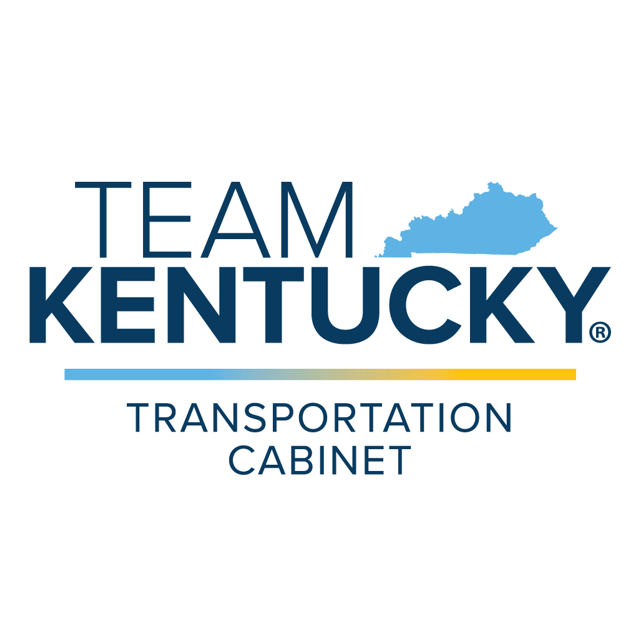Indiana and Kentucky are marking a year of progress on the I-69 Ohio River Crossing (I-69 ORX) project. The Project Team started work in earnest early this year. Since then, two project offices have opened, hundreds of people have attended open houses, hundreds of comments have been received and numerous studies have been launched.
The Project Team is preparing a Draft Environmental Impact Statement (DEIS), which is required by the National Environmental Policy Act for large, federally-funded projects. The detailed document will include a full description of the affected environment, a range of reasonable alternatives and an analysis of the benefits and impacts of each alternative.
The DEIS is a tool for decision making. The information gathered will allow executive leadership in both states to make an informed decision to deliver an I-69 Ohio River Crossing.
Progress to Date
The I-69 ORX Project Team includes more than 125 people from 14 companies that are working with Indiana and Kentucky on all aspects of the project – from engineering analyses to public involvement.
Members of the Project Team have launched about 20 different technical studies, helping to ensure the preferred alternative identified in the DEIS next year is environmentally sound, constructible and financially feasible. The studies are extensive and include such things as wetland and habitat surveys, historic property surveys, evaluation of the existing U.S. 41 bridges and traffic modeling. Other studies include noise impacts, visual impacts and impacts on low income or minority populations.
“A tremendous amount of information has already been gathered, but there is still a lot work to do,” said Janelle Lemon, Indiana Department of Transportation project manager. “We want to make sure we’re doing our due diligence. The Project Team is gathering the detailed information that will be used by leaders in both states to identify a cost-effective solution to complete this important I-69 connection between Evansville and Henderson.”
In addition to the many technical studies, public involvement is an important part of the process. The Project Team has been gathering feedback from the public, agencies and stakeholders, with multiple meetings and workshops held throughout the year. Around 550 people attended open houses held on both sides of the river, and more than 350 comments have been received, reviewed and logged by the Project Team.
Two project offices opened early this year and the I-69 project website (www.I69ohiorivercrossing.com) and I-69 ORX social media sites launched (Facebook, I-69 Ohio River Crossing and Twitter, @I69ORX). All provide a source of project information and updates.
What Happens Next
The Project Team is developing alternatives for each corridor. Detailed alternatives will include bridge configuration, right of way limits, range of impacts, expected costs and possible funding options. The information is expected to be ready to share early next year, with the next round of open houses likely in February.
“This is when we will have much more detailed information to offer the public,” said Marshall Carrier, Kentucky Transportation Cabinet project manager. “Although the information will be preliminary and could possibly change, we’ll be able to sit down with residents and business owners and tell them whether their property might be affected by a particular alternative. We’ll also have more details regarding costs. Affordability will help drive this project forward.”
The Project Team will continue to evaluate the alternatives, working to identify a preferred alternative. Traffic modeling, field work and engineering analyses are all part of the process. A preferred alternative is expected to be identified and the DEIS published next fall.
After the DEIS is published, public hearings will be held in both Evansville and Henderson. The Final Environmental Impact Statement (FEIS) and Record of Decision (ROD) are expected by fall 2019. The ROD allows the states, with the help of available federal funds, to move forward with design, land purchases and construction.
Potential Cost Savings Already Identified
With a focus on a cost-effective solution to improve long-term cross-river mobility, the Project Team is working to identify cost savings whenever possible. Detailed navigation analysis early in the project is expected to translate to significant savings for the states when it comes to construction costs for a new bridge.
The U.S. Coast Guard (USCG) recently responded to the Project Team’s Navigation Clearance Study and Navigation Simulation Modeling Report. The Coast Guard’s recent guidance letter offers preliminary approval for all requested clearance considerations. This allows consideration of a two-channel solution for navigation with shorter spans or a single, longer span. The guidelines mean more flexibility for the type of bridge that can be built. Increased flexibility can lead to significant savings in construction costs.
The Project Team prepared its study by participating in navigation simulation modeling at The Seamen’s Church Institute in Paducah. The interactive simulation experience was done in collaboration with the USCG and allowed a test of several navigation span and clearance scenarios across a variety of conditions.
Active barge captains familiar with this stretch of the river used computer simulators to analyze the effect of different bridge locations and span arrangements on river navigation, ensuring any new bridge will allow for the safe flow of commerce on the river.

